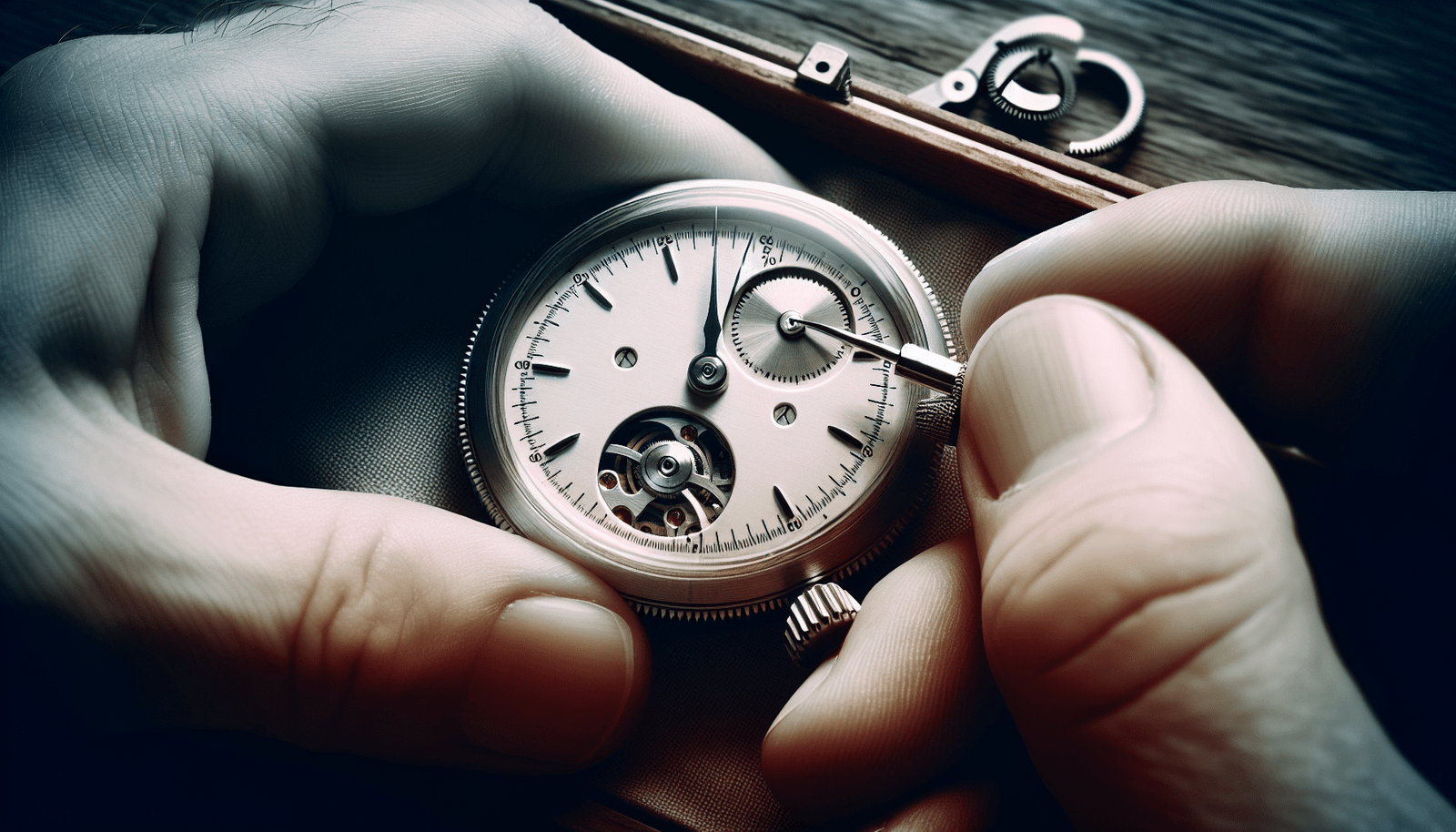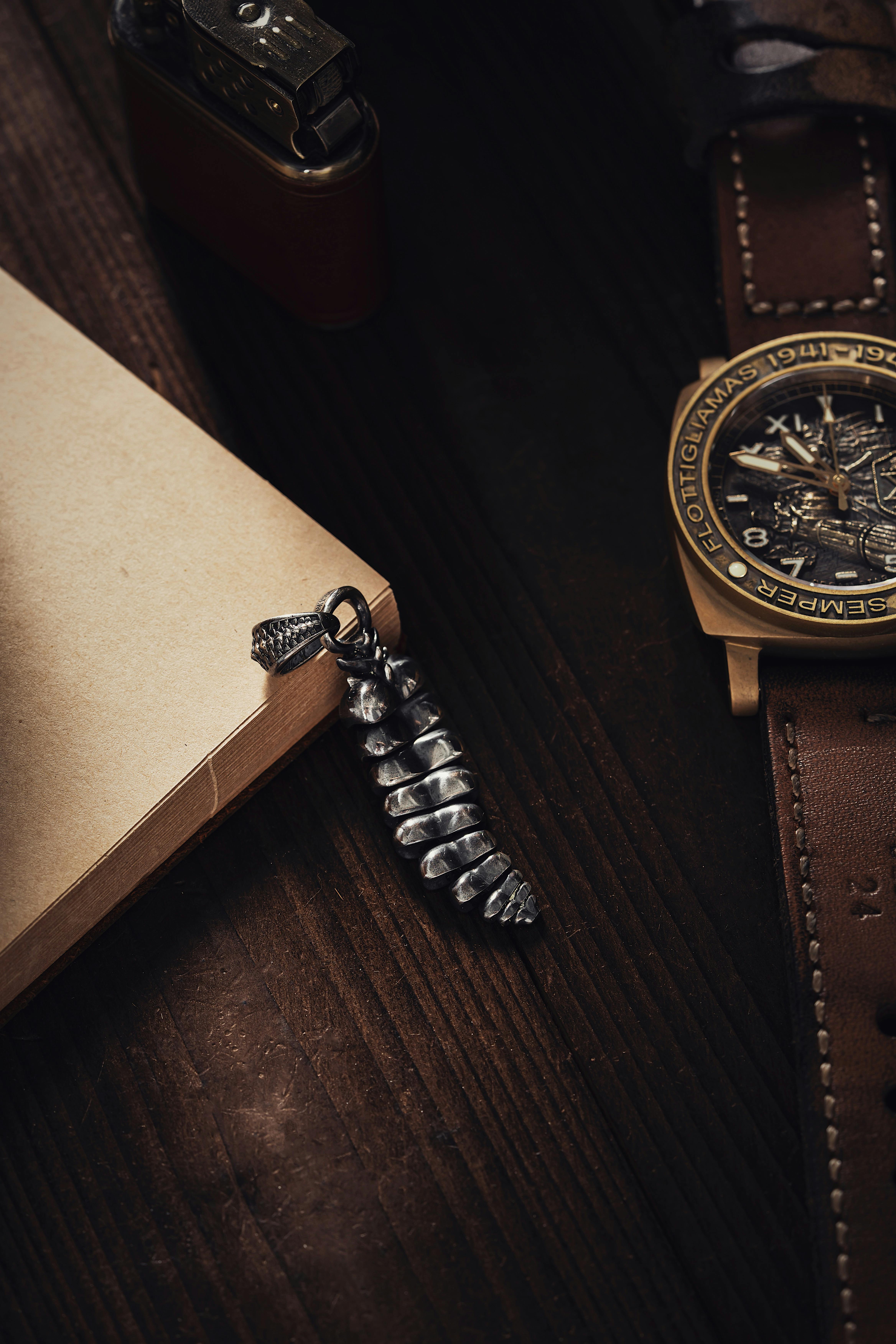
You’re interested in watches, and you’ve probably heard the terms “automatic” and “manual-winding” thrown around. But do you know what sets these two types of watches apart? Well, let me shed some light on the topic for you. In a nutshell, the main difference lies in how they are powered. While an automatic watch relies on the natural motion of your wrist to wind itself, a manual-winding watch requires you to manually turn the crown to wind the watch. So, if you’re curious to learn more about these fascinating timepieces and the pros and cons of each, keep reading!
Definition of Automatic Watch
An automatic watch, also known as a self-winding watch, is a timepiece that contains a self-winding mechanism. This mechanism uses the natural movement of the wearer’s wrist to wind the watch. It is equipped with a rotor, which is a weighted component that rotates with the movement of the wrist. As the rotor spins, it transfers energy to the mainspring, which is the power source of the watch. This energy is then stored in the mainspring and used to power the watch’s movement.
Definition of Manual-Winding Watch
On the other hand, a manual-winding watch does not have a self-winding mechanism. Instead, it requires the wearer to manually wind the watch in order to provide the necessary energy for it to function. This is done by turning the crown, which is the small knob usually located on the side of the watch case. By winding the crown, the wearer transfers energy directly to the mainspring, which then stores the energy and powers the watch.

Winding Mechanism
The fundamental difference between automatic and manual-winding watches lies in their winding mechanisms. As previously mentioned, an automatic watch has a self-winding mechanism, courtesy of the built-in rotor. This means that as long as the watch is worn and subject to regular wrist movement, the rotor will continuously rotate, winding the watch without any manual intervention required.
In contrast, a manual-winding watch lacks a self-winding mechanism. Therefore, it relies solely on the wearer’s manual winding action to supply the necessary energy to the mainspring. This requires the wearer to regularly wind the crown, typically once every day or every few days, depending on the specific watch model and its power reserve.
How Automatic Watches Work
To understand how automatic watches work, let’s delve into the details of their functioning. When you wear an automatic watch, the rotor, which is connected to the mainspring, begins to move as your wrist moves. This movement of the rotor transfers energy to the mainspring, causing it to wind up and store potential energy. As the mainspring unwinds, it releases this stored energy gradually, powering the various components and functions of the watch. This continuous cycle of movement, energy transfer, and storage ensures that the automatic watch keeps accurate time as long as it is worn regularly.

How Manual-Winding Watches Work
In contrast to automatic watches, manual-winding watches require a more hands-on approach. When you own a manual-winding watch, it is your responsibility to manually wind the watch in order to provide the necessary energy for its operation. This is done by carefully turning the crown in a clockwise direction, which then transfers energy directly to the mainspring. The winding action tightens the mainspring, storing potential energy that will power the watch until the next winding session. This direct control allows the wearer to have a greater sense of connection and involvement with the watch’s functioning.
Advantages of Automatic Watches
One of the significant advantages of automatic watches is the convenience they offer. Unlike manual-winding watches, automatic watches do not require regular manual winding to keep them running. This makes them ideal for daily wear, as you can simply strap them on your wrist, and the natural movement of your daily activities will provide the necessary winding action to keep the watch powered. Additionally, if an automatic watch is consistently worn, there is less chance of it stopping or losing time.

Advantages of Manual-Winding Watches
While automatic watches offer convenience, manual-winding watches provide their own unique advantages. One notable advantage is the level of control they offer over the winding process and power reserve. By manually winding the watch, you have the ability to ensure that it is fully wound and ready for use. This can lead to more accurate timekeeping and a greater sense of confidence in the watch’s performance. Additionally, the act of manually winding a watch can create an interaction and connection with the timepiece, enhancing the overall ownership experience.
Disadvantages of Automatic Watches
Despite their convenience, automatic watches do come with a few disadvantages. One of the main drawbacks is their dependence on consistent movement to stay powered. If an automatic watch is not worn regularly or is subjected to extended periods of inactivity, it may stop running due to the lack of winding. Additionally, automatic watches typically have a limited power reserve when not in use. Therefore, if you have multiple watches in your collection and rotate them, you may need to set and wind your automatic watch each time you decide to wear it.
Disadvantages of Manual-Winding Watches
While manual-winding watches offer unique advantages, they also have their own set of disadvantages. The most obvious drawback is the frequent manual winding requirement. Forgetting to wind a manual-winding watch can result in it stopping and requiring rewinding before it can be used again. This can be inconvenient, especially if you rely on your watch for accurate timekeeping. There is also a possibility of over-winding a manual-winding watch, which can put unnecessary strain on its components and potentially impair its functionality.
Suitability for Activities
When considering the suitability of automatic and manual-winding watches for different activities, there are some general guidelines to keep in mind. Automatic watches, with their self-winding mechanism and ability to stay powered through regular movement, are well-suited for everyday activities. They are perfect companions for those leading an active lifestyle or engaging in regular physical activities. On the other hand, manual-winding watches may be more suitable for occasional wear or special occasions. Due to their reliance on manual winding, they require more attention and may not be the most practical choice for everyday wear.
In conclusion, the difference between automatic and manual-winding watches lies primarily in their winding mechanisms and the level of interaction they require from the wearer. Automatic watches offer convenience and the ability to stay powered without regular manual winding. On the other hand, manual-winding watches provide greater control and a more personal connection to the watch’s functioning. Both types of watches have their advantages and disadvantages, and the choice between them ultimately depends on individual preferences and needs.